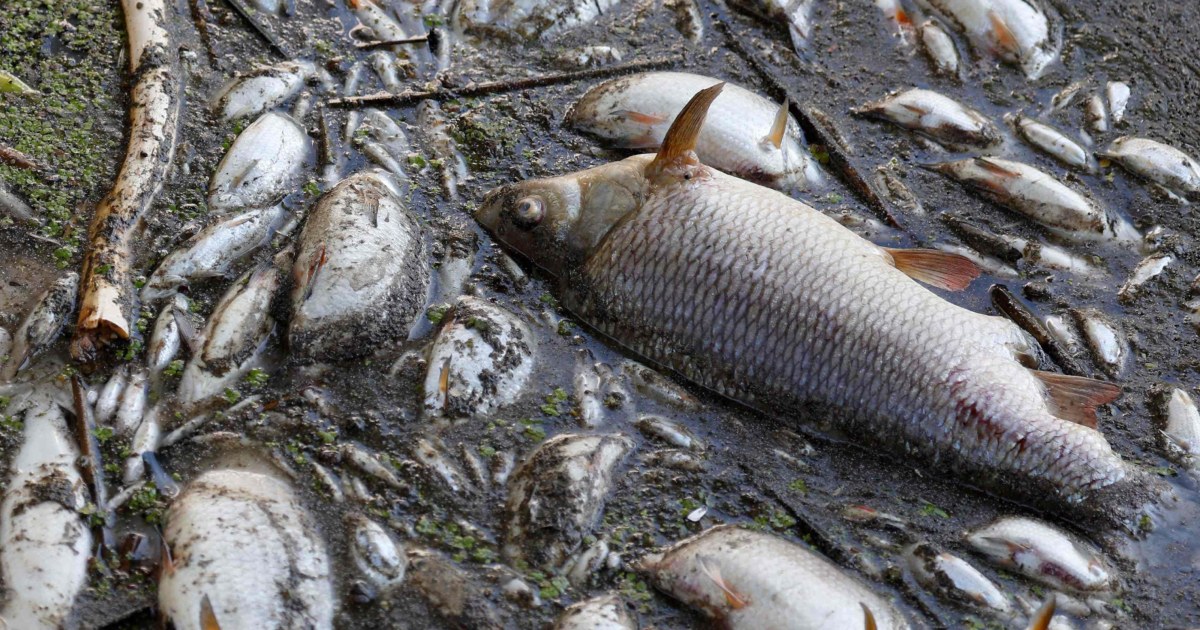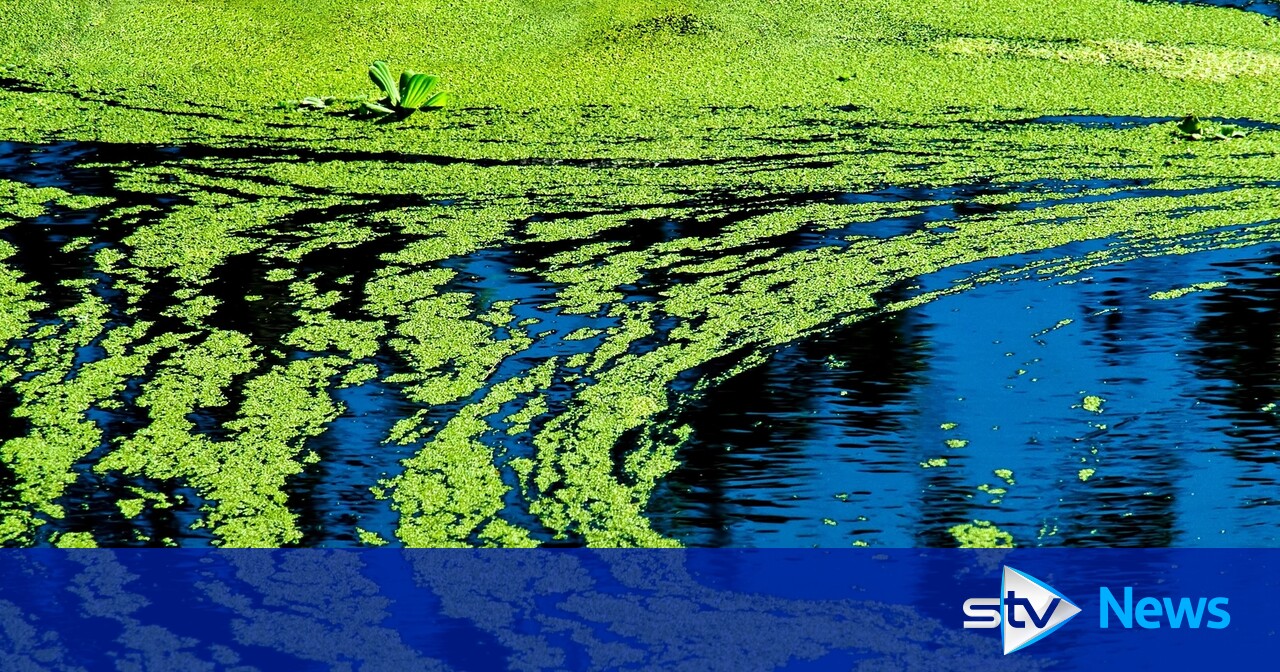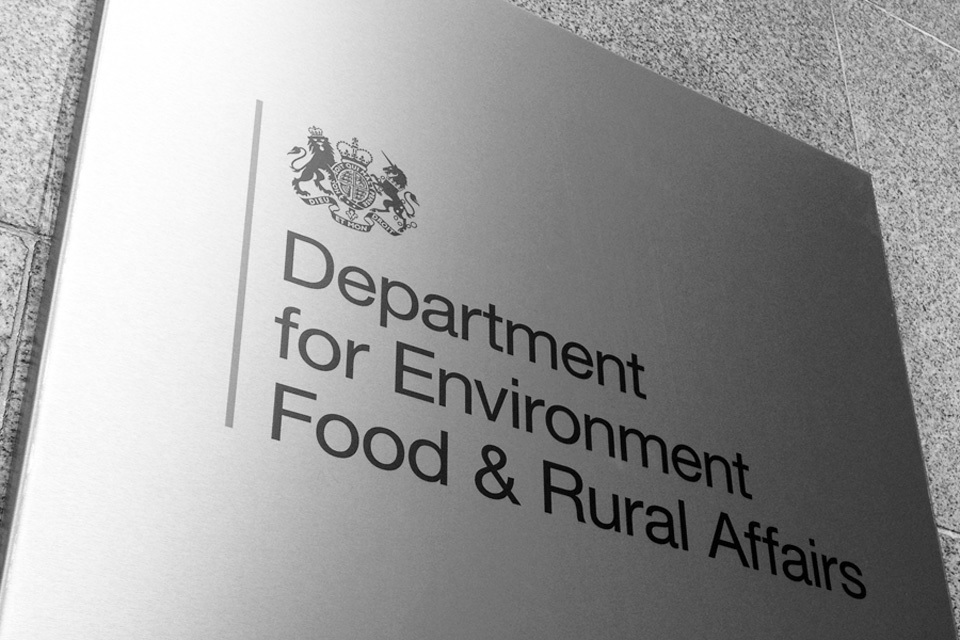European rivers have been running dry due to excessively high temperatures this summer. Several rivers have even dried up completely.
Since cities along those rivers, along with other industries frequently dump waste products into the rivers routinely and usually safely, the lack of water level has caused the toxins to increase significantly thus fish and other wildlife has died.
Die-off like this happens anyway but not in such vast numbers normally
The basic reason is simply that the toxic levels of stuff pumped into the river is far more concentrated than normal...not due to more toxins being put into the rivers but due to the lack of water and flow within the rivers themselves thanks to the massive heatwaves
Once the rains get going properly in the autumn and winter months, the rivers will be back to their normal levels and the water will, along with the increased flow rate of the rivers, handle the toxicity perfectly fine.
There is also a major issue of increased algae, including blue green, in rivers, canals and lakes where water levels have dropped due to the weather and what water is left is becoming stagnant in the hot weather.
Haddo Country Park and Fyvie Castle joined SEPA in warning pet owners to keep their dogs out of lochs and ponds.

news.stv.tv




